Best GPUs for Cryptocurrency Mining (ZCash, Ether Mining) for 2018
Cryptocurrency mining is one of the hottest topics around at this time, and it’s easy to see why: with the prices of all the important cryptocurrencies going up and reaching all-time highs, it is now more profitable than ever to get into the mining business and start earning. Getting started with cryptocurrency mining is not as easy as it sounds, though, as you will need a bit of technical know-how in order to pick the right components and get mining. Luckily, we’re here to help – we have put together an introductory guide to the world of cryptocurrencies, along with a selection of some of the best GPUs for cryptocurrency mining. You are welcome!
Cryptocurrencies – Why Should You Care?
When you hear the term “cryptocurrency”, probably the first thing that comes to mind is Bitcoin, the most popular cryptocurrency out there. Bitcoin may be the most popular, but it certainly isn’t the only digital currency making waves at this time. There are well over 100 cryptocurrencies available at the moment, with numerous new ones being born almost on a daily basis; however, most of them are just poor copycats of Bitcoin, adding no real value to the market, so they fail to get traction and eventually die within days, weeks or months, at best. Cryptocurrencies that do survive, though, start gaining popularity, and are in for the long run. One of the best examples of such currency, and probably Bitcoin’s fiercest competitor, is Ether – a cryptocurrency that is trending right now and has seen a massive growth over the past few months, which made it one of the most interesting options for miners.
So let’s get down to the real question – why should you care about cryptocurrencies and mining? The best way to answer this is through actual numbers, so let’s consider that you invested $1,000 on January 1st in each of the three most popular cryptocurrencies out there: Bitcoin (BTC), Ether (ETH) and ZCash (ZEC):
- On January 1st 2017, $1,000 would have gotten you 1.041 BTC (1 BTC was worth $960 on January 1st), 122.39 ETH (1 ETH was worth $8.17 on January 1st) and 20.622 ZEC (1 ZEC was worth $48.49 on January 1st).
- At the time of writing, 1 BTC is worth $2,614, 1 ETH is worth $286.31 and 1 ZEC is worth $296.12. That means that, with a $1,000 investment in each of these currencies on January 1st, at today’s values, your 1.041 BTC would be worth $2,721.14, your 122.39 ETH would be worth $35,040.25 and your 20.622 ZEC would be worth $6,106.58. That’s a total of $43,867.97 – not bad for a $3,000 investment!
That example highlights the advantage of simply buying cryptocurrencies and storing them for later, but these currencies can also be mined, which can generate you a higher profit on the long run, as you just need to invest once in the hardware, and then watch it work towards making you rich.
Introduction to Cryptocurrency Mining
We mentioned cryptocurrency mining several times so far, but didn’t really explain what mining is. Some may already be familiar with the term, but others might be new to the world of cryptocurrencies, so let’s go over the basics a bit.
What all cryptocurrencies have in common is their primary operating principle: they all rely on a decentralized network to store transaction information, which basically makes all transactions publicly accessible and incorruptible. This network is usually known as a blockchain, and consists of blocks that each contains information about multiple transactions. When a transaction is initiated, it needs to be included in a block and verified for authenticity; the verification part is done through complex computations performed by – you guess it – miners.
![]()
A miner is a computer set up with that specific purpose in mind – to go through transactions and solve the algorithms as efficiently as possible. For their efforts, miners are rewarded with small amounts of said currency. Mining typically requires a tremendous amount of processing power, and used to be done using the CPU or the GPU, depending on the currency. CPU mining was popular a while back, with the rise of Bitcoin, but started becoming obsolete when chips designed specifically for mining appeared. These chips, known as ASICs (application-specific integrated circuit) and FPGAs (field-programmable gate array), usually provided significantly better mining performance, and quickly became the go-to options for people looking to go into the mining business, as they outperformed CPU mining and were able to keep up with the constantly-increasing difficulty of mining. This is how Bitcoin mining slowly moved from the masses to specialized groups that were willing to invest in dedicated mining hardware.
At the opposite pole, Ether was designed to take advantage of GPU processing power rather than CPU power, and was also designed in a way that would prevent ASICs and FPGAs from taking over, thus ensuring that “the power” remains in the hand of the people. The best way to increase Ether mining performance is to simply get as many suitable video cards as you possibly can, and put them all to work. It’s not all about quantity, but also about quality, so choosing the right cards for the job is crucial.
Choosing the Best GPU for Cryptocurrency Mining
There are several aspects to take into consideration when choosing the best GPU for cryptocurrency mining, but the most important one is hash power, or hash rate. Hash power refers to the card’s performance when it comes to solving the algorithms that make up the blocks, so the higher the hash rate, the faster the card can crunch through the numbers and collect the rewards. Hash performance is measured in hashes per second (H/s), but the mega multiplier is commonly used, so a card’s performance is usually measured in mega-hashes per second (MH/s), which stands for millions of hashes per second. Giga-hash and terra-hash per second (GH/s and TH/s) are also used sometimes, and stand for one billion hashes per second, and one trillion hashes per second, respectively.
Another aspect to take into consideration when choosing the right cards for mining is power consumption. Since you’ll be running the miner 24/7, its running costs will build up if you’re using power-hungry hardware, so skip on bling bling and fancy features like RGB lights or other things that can drive your power consumption up. Make sure you don’t cut corners on cooling, though, as you’ll need to keep the cards running in mint conditions to get the best performance. Also, since mining certain currencies such as Ether relies more heavily on the memory, opting for cards with superior memory chips will get you better results.

Last but not least, there’s overclocking – the ace in your sleeve that can get you a free performance boost. Overclocking for mining is slightly different than regular overclocking, as usage conditions differ as well. In normal usage conditions (gaming, normal use), a video card rarely reaches full load, so a more aggressive overclocking might be sustainable for shorter periods of time. Mining keeps the cards running at full power all the time, though, so excessive overclocking might make it unstable.
So we went over some of the technicalities, and at this point you may be wondering how these numbers translate into earnings. While manually calculating profits can be done, it’s a very complex task as there are numerous variables at play. Luckily, there are some online tools that allow you to input values such as your system’s hash rate, its power consumption and electricity price, and they do the math for you, indicating exactly how much profit you’re standing to make with your setup. Do note, though, that the complexity of the calculations increases in time, and the price of the cryptocurrency can go up and down unexpectedly, so the numbers you get now may not hold true in a month, a week, or even tomorrow.
You can find profit calculators for Ether here, for Bitcoin here and for ZCash here.
Now that you are familiar with the basics of mining, let’s see what your best GPU options are for each currency.
Best GPUs for Bitcoin Mining
Let’s kick off our “best GPU for cryptocurrency mining” selection with the most popular cryptocurrency out there – Bitcoin. So, without further ado, the best GPU for mining Bitcoin is… none.
You see, Bitcoin was originally designed to be mined using CPU power. A little bit in its run, miners discovered they could significantly improve mining performance by moving the task to the GPU, which offered significantly better mining performance. However, GPU mining became outdated when dedicated ASICs started flooding the market, which were basically machines designed specifically with BTC mining in mind, which offered significantly better hash rates while using significantly less power. A single dedicated ASIC miner that you can buy for less than $200 can easily outperform a high-end GPU such as the NVIDIA GTX 1080TI, which costs roughly three times more, in terms of BTC mining performance.
Unfortunately, the era of mining BTC using GPU or CPU is long-gone, so enthusiasts can no longer get into mining using consumer-grade hardware, and will need to invest in dedicated miners.
No need to worry if you missed that train, though, as a new era begins now. Welcome Etherum.
Best GPUs for Ether Mining
The Etherum project was born in 2015, and while for some it may have seemed like just another drop in the ocean of cryptocurrencies, it was clearly a lot more than that. For starters, unlike the vast majority of other cryptocurrencies out there, Etherum was not only about the cryptocurrency itself, but rather had its main focus on smart contracts – a feature that allowed the use of the blockchain technology in other fields as well, not just in the financial segment. You can read more about smart contracts here.
Due to the popularity of smart contracts, Ether, the cryptocurrency used within the Etherum ecosystem, saw a tremendous increase in value recently, which quickly made it one of the most sought after digital currencies out there. And so the Ether gold rush craze began.
What makes Ether even more attractive is the fact that it was designed to be accessible in terms of mining, having some technical limitations in place that prevents the use of dedicated miners such as ASIC and FPGA units. Ether can only be mined using GPUs, which means that anyone with a decently-powerful GPU can join the miner pool and start earning.
Ether mining still relies on finding solutions to complex mathematical problems, and processing power is still a key factor, so the more power you have at your disposal, the higher your earnings. Here are your best options:
BEST PERFORMANCE – AMD Radeon 295×2
If it’s ultimate performance you’re looking for, the ultra-rare AMD Radeon 295×2 if the answer. Pumping out hash rates 55-60 MH/s, this card simply crushes everything else out there, despite the fact that it is three years old. What makes this card so great for mining Ether is the fact that it features 2 physical GPUs on one single board, being the most powerful dual-GPU solution AMD released to date (if we overlook the Radeon Pro Duo, which falls into a whole other category and price range, well north of $1,500).
There are two downsides to this card, though: 1) it’s extremely hard to come-by, as the card has been discontinued for quite a while now, so you can only get a used one, and the prices tend to grow with every second, and 2) its official power requirement is 450W, meaning that a setup with multiple RX 295x2s (if you are lucky enough to get a hold of more of these beauties) will require a massive power supply, or multiple (just as massive) ones.
In terms of profit, at the current hash difficulty, power cost and Ether price, mining with a single AMD Radeon 295×2 you stand to make a monthly profit of roughly $165, or just a little over $2,000 a year. Considering the fact that the prices for an AMD Radeon 295×2 currently start from around the $500 mark, it’s definitely not a bad investment.
BEST VALUE – AMD RX480 / RX580
AMD’s Polaris-based chips have been famous for their mining performance, with the RX480and RX580 being the jewels of the crown. Both models are very good options for Ether mining, with hash rates between 22-29 MH/s, depending on model and settings.
The great part about these is that they are quite power efficient, and with a bit of tinkering, you can go below their 150W TDP without losing in the performance chapter. The not-so-great part is that, due to their excellent price/performance ratio, the RX480 and RX580 have sold out in a blink of an eye, so finding a store that has these in stock (without artificially inflated prices) is anything but easy nowadays. Of course, there is Amazon, eBay and other similar sites, but the people selling them know exactly what they are giving away, so it’s not uncommon to find one of these cards (which used to retail around the $200 mark when they first came out) selling for double or even triple their original price.
If you have your mind set on one of these models, you might be in for a very pleasant surprise very soon – you’ll find out what that is at the end of our list.
BEST VALUE RUNNER-UP – XFX R9 390X
Another interesting option is the AMD R9 390X – a card capable of a hash rate of around 30 MH/s, and a price tag just slightly larger than what the RX480s and RX580s sell for. The AMD R9 390X is the predecessor of the RX480 and uses an older architecture, but its 512-bit memory interface allows it to provide better performance. Just as in the case of the 295×2, though, the AMD R9 390X is discontinued, but there are still a few new units out there. As for the used ones, people selling these tend to be tech-savvy people that have a good idea of what they are selling, so don’t expect to find them very cheap. Nevertheless, the fact that the R9 390X offers more than half the hash performance of a 295×2 for less than half of the power consumption and, more importantly, you can actually find one of these cards on the market, makes it a very appealing option.
BEST AVAILABLE OPTION – NVIDIA GTX 1070
You may have noticed that NVIDIA cards were predominantly absent from our top, and there’s a good reason as to why – in their quest to make their cards as powerful and efficient as possible, NVIDIA left out pretty much every feature they did not need, optimizing their cards and chips to the maximum. While this worked out superbly when it came to gaming (NVIDIA’s GTX 10 series is lacking competition almost completely), it did not make NVIDIA cards notable candidates when it came to mining performance, as AMD cards tend to have more raw power that can be effectively used in mining.
However, NVIDIA-s powerful chips, combined with their unparalleled power efficiency made the GTX 1070 a powerful competitor: the GTX 1070 provide a hash rate power of roughly 31 MH/s, if optimized properly, which places it just slightly above the R9 390X. The beautiful part lies in the power consumption segment, though, as the card only needs roughly 180W to run at full power, which is well below the 230W of the 390X, and leads to quite a power difference if we’re talking about setups that use multiple cards (which is the case of most miners).
The absolute best part of the GTX 1070, though, is that it is widely available (even though there was a shortage just recently), and that you can get one for $500-$600.
SURPRISE ENTRY – MINING CARDS
One major surprise that has the potential to change the cryptocurrency scene forever is the recent announcement made by both AMD and NVIDIA, in which they indicated that they are looking to officially focus on the mining segment, and release mining-optimized cards. At a first glance, this may not seem as much of a news piece, but if you give it a bit of thought, the implications are huge: first and foremost, it indicates an official acknowledgement and support of cryptocurrencies and their importance, which, coming from two of the biggest companies in the tech industry, will stabilize the currencies and allow for wider adoption; secondly, by designing mining-specific hardware, AMD and NVIDIA are supporting mining enthusiasts and making mining more affordable, thus making it more accessible to the general public as well.
Even though there are claims that AMD and NVIDIA were planning to enter the mining market for a while now, and Ether had nothing to do with it, it’s hard to believe it’s a coincidence that the announcement came after Ether mining exploded, shaking the global sales and availability of mining-adequate cards and driving their prices through the roof.
The announced mining-optimized cards are not new designs, but rather redesigned cards based on already-existing architectures (Polaris, for AMD, and Pascal, for NVIDIA). The general differences between these cards and the already-existing models are the lack of video ports in some models (which should cut down on the costs and allow manufacturers to use cards that had defective video outputs), optimized fans for 24/7 operation and the lack of any bling.
Several manufacturers announced upcoming mining-optimized cards, including ASUS (GTX1060 and RX470), ZOTAC (GTX1060), Sapphire (RX470) and others. The chips of choice to receive the mining-optimization treatment are the NVIDIA P106 (which is the chip used by the GTX 1060 lineup) and the Polaris 460, 470D and 560D (the last two being China-specific chips). This is just the first wave, though – it is expected that more brands jump into the bandwagon and offer mining-optimized cards.
Since no mining-optimizing cards are available yet, real-life performance numbers are not available yet, but they are expected to be roughly on par with their non-mining versions, probably slightly higher. However, power consumption is expected to be somewhat lower, and stability should be increased. The announced mining cards built specifically for crypto mining are listed below:
Zotac P106-100
Sapphire RX 470 Mining Edition
Manli P106-100
Asus Mining RX470 4G
ASUS Mining P106-6G
Best GPUs for ZCash Mining
ZCash is another hot cryptocurrency that’s here for the long run. What makes ZCash stand out from the crowd is its dual approach: just like pretty much all cryptocurrencies and blockchains out there, ZCash uses a publicly-accessible blockchain that stores each and every transaction. However, ZCash also allows a more private transaction mode, which still registers the sender and the receiver of a transaction, but not the transacted amount, all while still providing the unparalleled security of a blockchain.
To achieve this, ZCash founders had to develop an entirely new cryptography algorithm that would allow transactions to be verified despite the fact that their inputs or outputs could be encrypted. The algorithm, known as zk-SNARK, uses a zero-knowledge proof construction, which allows it to provide authenticity for encrypted transactions, and represented quite a breakthrough in the field. This is not much of a surprise, considering that the team behind ZCash consists of researchers from John Hopkins University and cryptographers from the Massachusetts Institute of Technology, Tel Aviv University and the Israel Institute of Technology.
Same as Ether, ZCash uses the Equihash algorithm, which can only be mined using CPU/GPU power, thus preventing the use of ASIC and FPGA devices to gain an unfair mining advantage, and thus keeping the market balanced. With this in mind, let’s have a look at the best GPUs for ZCash mining are.
1. BEST PERFORMANCE – NVIDIA GTX 1080Ti
While Ether seems to play better with AMD cards, ZCash is more friendly with NVIDIA, the GTX 1080Ti being one of the best performers in the segment with a hash rate between 700 and 750 MH/s. At the current ZEC value, mining difficulty and power costs, an NVIDIA GTX 1080Ti can bring you a monthly profit of approximately $126. While the figure is below what you stand to make with an AMD 295×2 mining Ether, using 1080Tis for ZEC mining has its advantages: GTX 1080Tis are much easier to come by nowadays than 295x2s, and have a significantly better resell value if mining become unviable.
2. BEST VALUE – NVIDIA GTX 1070
NVIDIA’s GTX 1070 holds a top spot in the ZEC mining charts due to its awesome price/performance ratio. A well-configured GTX 1070 provides a ZEC hash rate of roughly 400-450 MH/s, which translates into a $78 monthly profit when mining with a single GTX 1070. As usual, one of the main advantages of using NVIDIA cards is their power-efficiency, so setting up a multi-GPU rig with GTX 1070s can be a very smart move. Given the card’s availability on the market, its price and its resell value (the GTX 1070 is still a very worthy gaming card that can easily run all modern games at max settings at 1080p and 2160p), the NVIDIA GTX 1070 is definitely a worthy pick for your ZCash mining rig.
GPU Mining – Is It Really Worth It?
Cryptocurrency mining was, and is most likely to remain, a game of chance – what works great today might not work that well tomorrow, or not at all. Due to the design of the cryptocurrencies and the blockchains, mining difficulty is always increasing, so mining performance is on a constant downslope. In some cases, the currency’s value will go up proportionally, and mining will be profitable, while in other cases it won’t. There are just so many variables at play that it’s nearly impossible to predict the profitability of mining.
So, should you do it? That’s entirely up to you! Since GPU mining relies on GPU power, an investment in high end GPUs such as the GTX 1070 or 1080Tis is likely to pay off either through mining profit or via resell value, if things go south. Investing in lower end hardware might seem like a less-risky move from a financial standpoint, as it will imply a lower initial investment, but the return of investment rate and chances are significantly lower.
Overall, at this very moment, if you have the money and the time, cryptocurrency mining is definitely an interesting option to invest in.

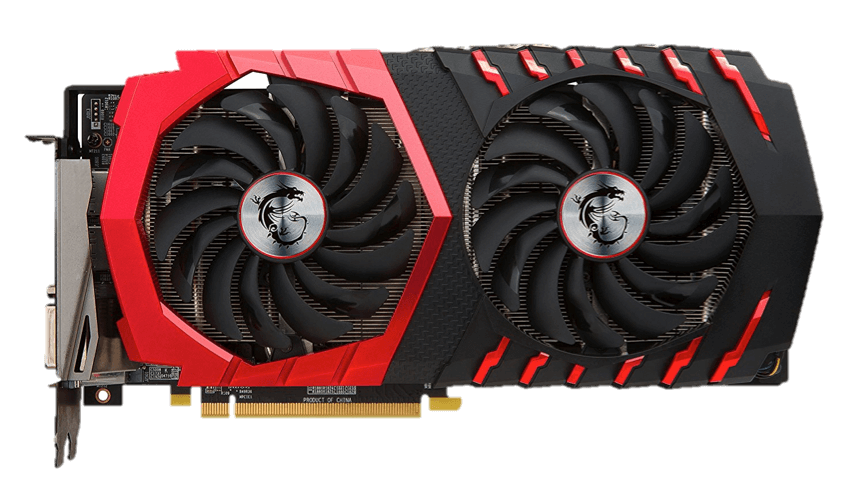

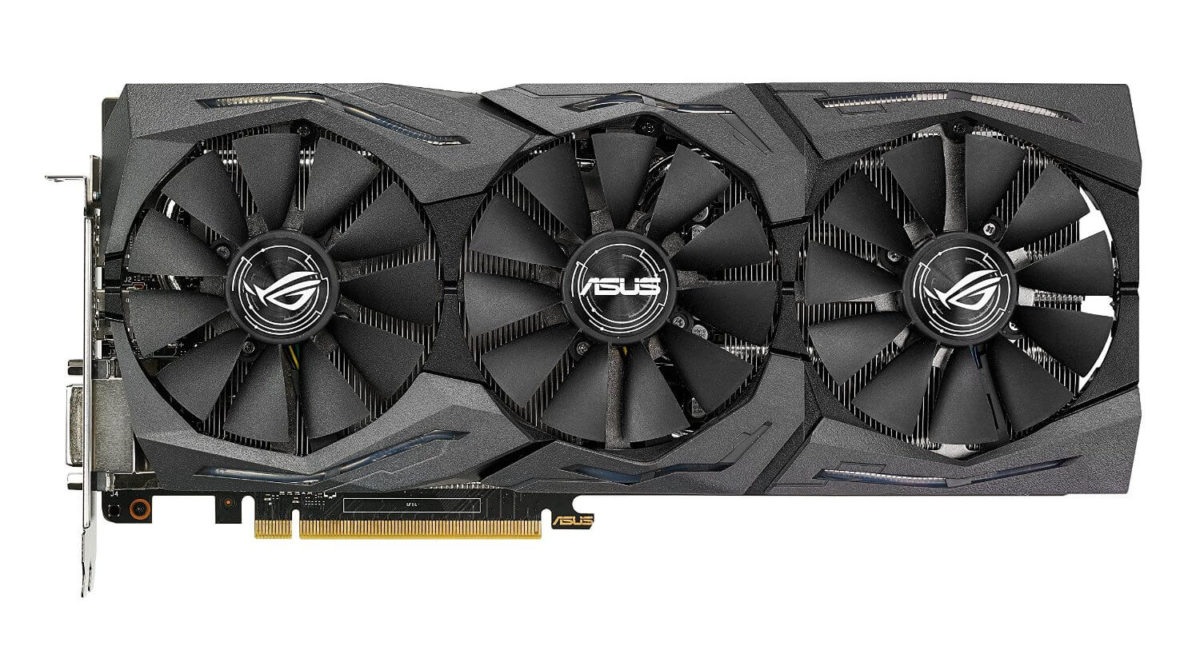
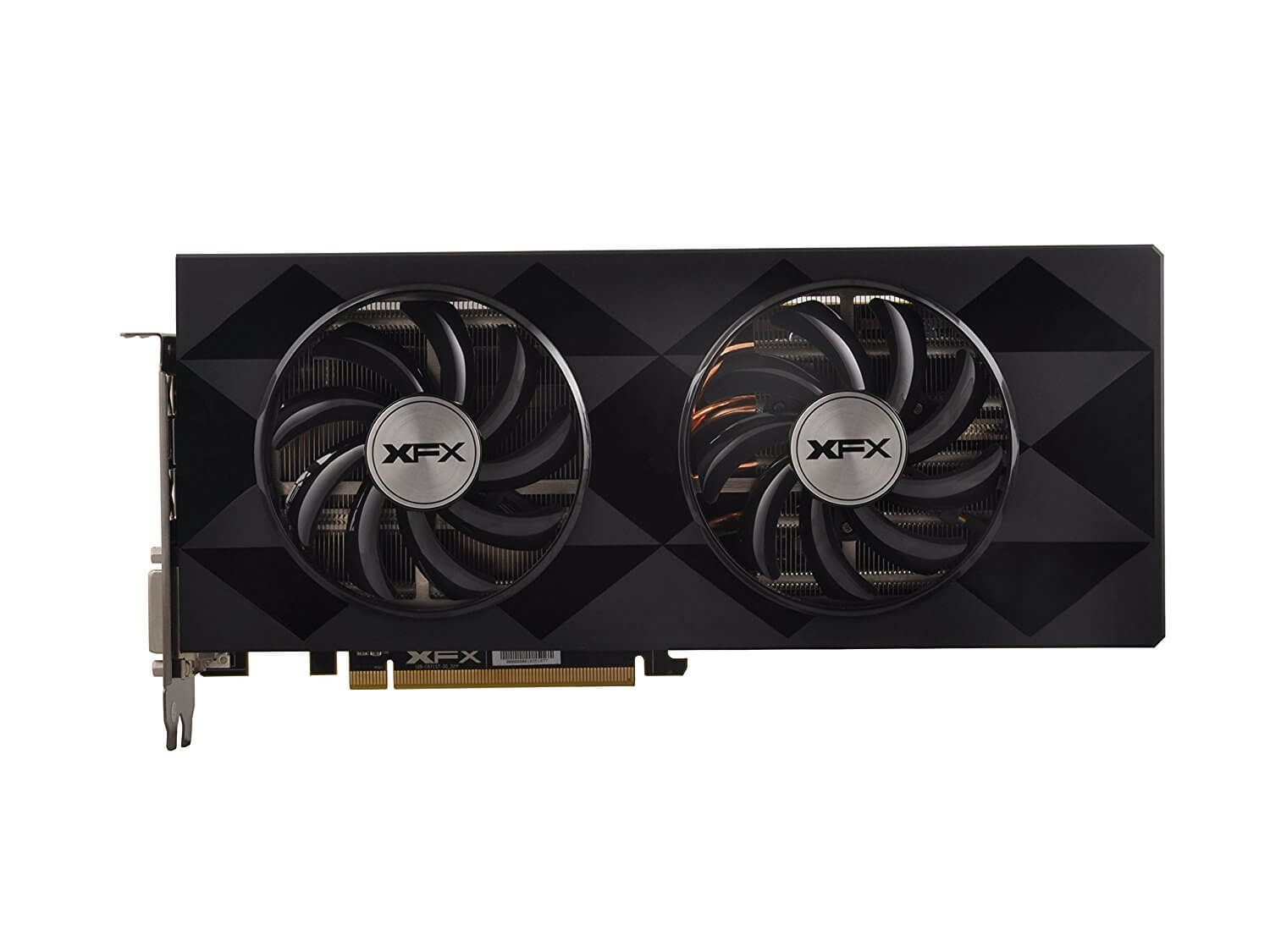
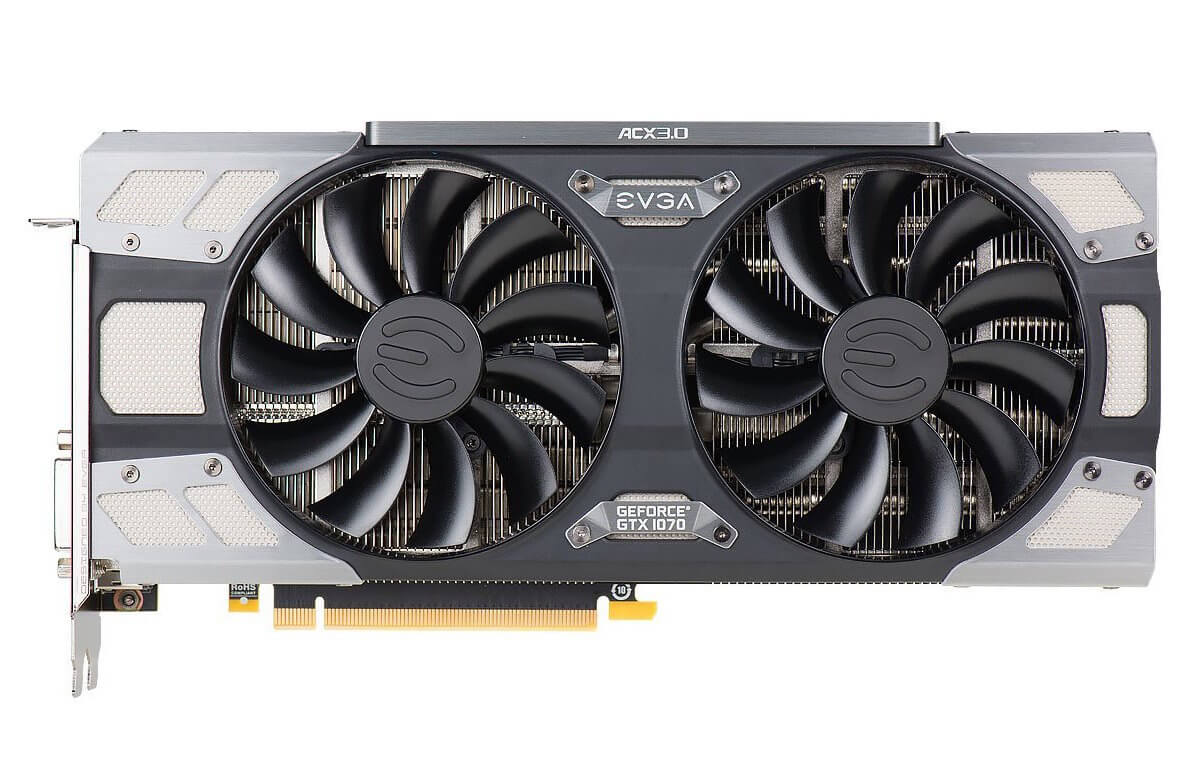
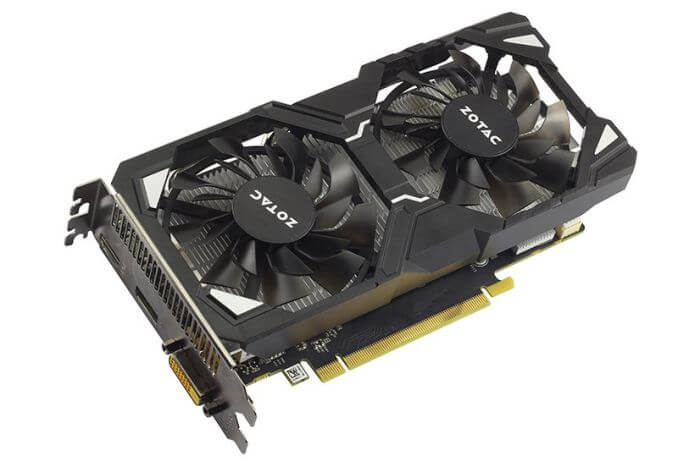
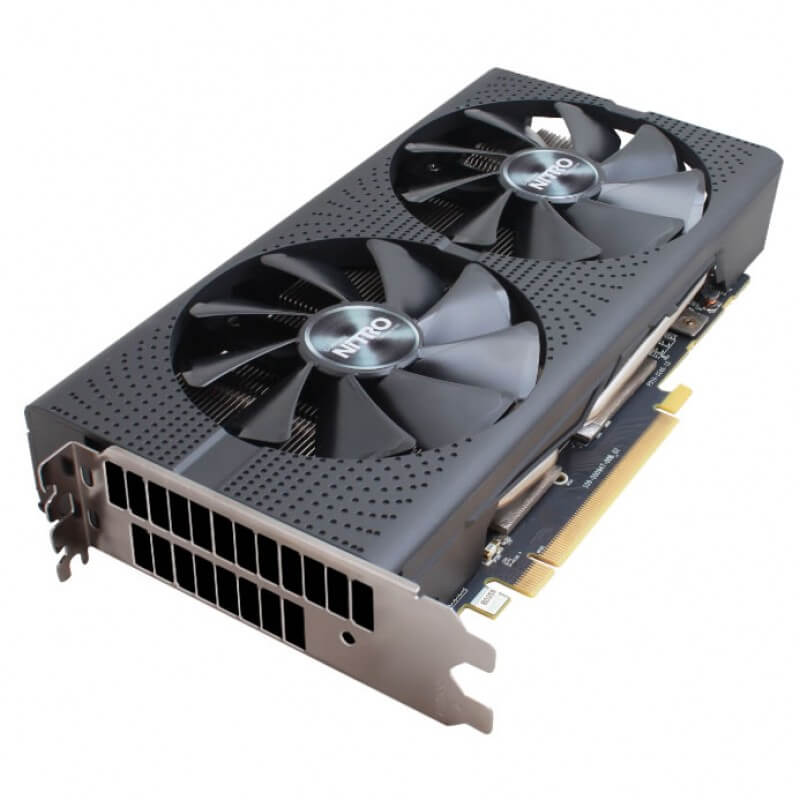
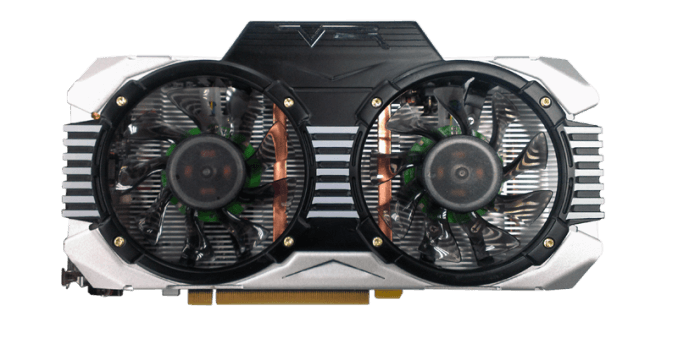
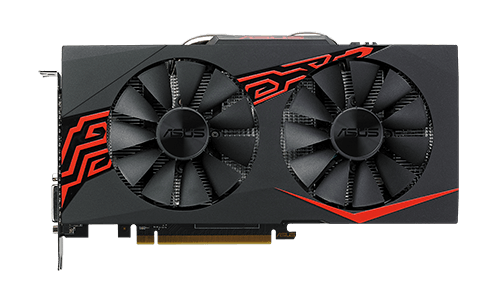

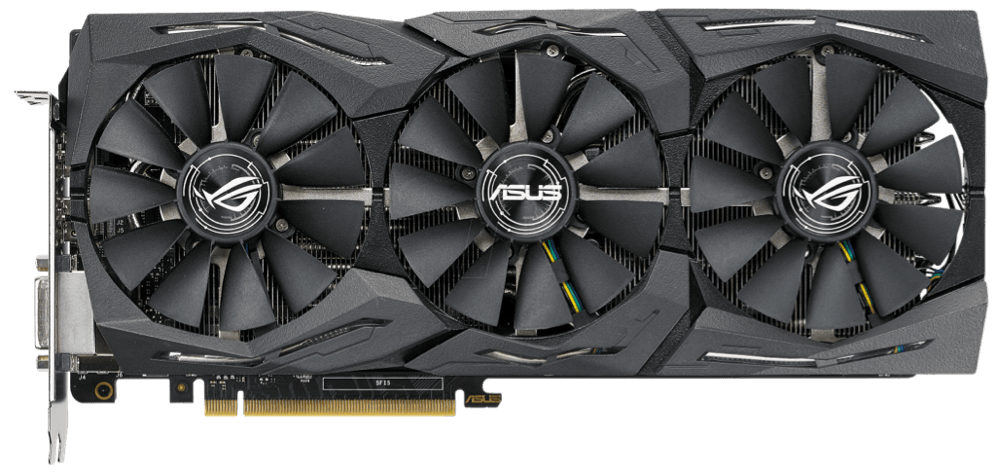










1 Comment